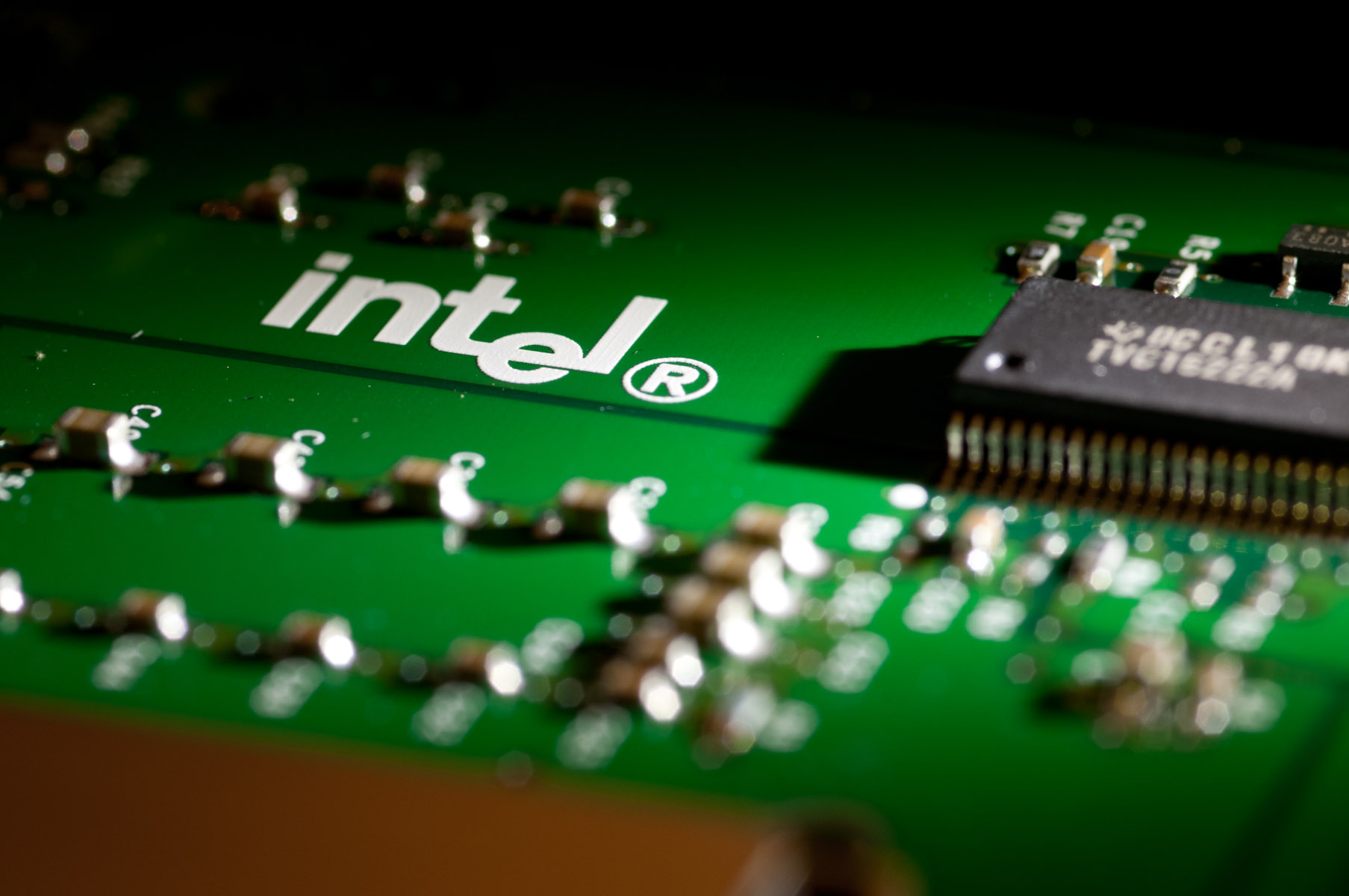Intel recently pledged to spend $20 billion on two new chip manufacturing plants in Arizona as part of the ongoing effort to stem the semiconductor industry’s manufacturing shortages. Recently-appointed Intel CEO Patrick Gelsinger announced the strategy during a virtual business update on Tuesday, March 23.
The establishment of these two new plants is just one of many recent business decisions made in Silicon Valley as a result of the pandemic-induced semiconductor shortages that have affected the supply chains for everything from electric automobiles to the newest game consoles like the Playstation 5 or the Xbox Series X. Last month, United States President Joe Biden announced his intention to snag $37 billion in legislative funding in order to amp up chip manufacturing both in the U.S. and around the globe.
“We need to make sure these supply chains are secure and reliable,” Biden said in a Feb. 24 White House statement. “I’m directing senior officials in my administration to work with industrial leaders and identify solutions to this semiconductor shortfall. In the meantime, we’re reaching out to our allies—semiconductor companies and others in the supply chain to ramp up production and help us resolve the bottlenecks we face now.”
The semiconductor shortage has come as a result of both the increasing demand for semiconductors and the COVID-19 pandemic. During the beginning of the pandemic, many chip manufacturers were forced to temporarily shut down their factories, causing a backlog of orders from larger tech companies seeking semiconductor supply for their products. At the same time, at-home isolation drove purchases of electronic devices up greatly, as people shopped for items like game consoles and new computers in order to bide their time while waiting for the pandemic to subside.
The result was a supply that could not sufficiently meet the demands of Silicon Valley, causing manufacturers to struggle with their backlogs when factories opened again. The booming electric car industry and cryptocurrency scene have also vastly increased the demand for semiconductor devices. General Motors and Ford were both forced to reduce automobile production due to a lack of chips, resulting in reduced hours for factory workers.
According to Reuters, U.S. semiconductor companies account for 47% of global chip sales despite only making up 12% of global chip manufacturing, indicating a massive disparity between global supply and demand for semiconductor devices. Intel has sought to outsource chip manufacturing to Asia-based companies like Taiwan Semiconductor Manufacturing (TSMC) and Samsung for the past several months, although its chances of catching up with either company are slim. Additionally, while Intel’s new factories will help put a band-aid on the semiconductor crisis in the future, the time it will take to get the factories off the ground and running means that its impact in the present is minimal.
Production issues don’t just preside over Intel. Taiwan’s ongoing drought has affected water supply for semiconductor factories, which require massive amounts of water to maintain production. Taiwanese authorities recently announced measures that will cut industrial water supplies by 15% starting April 6, which could further put a dent in the global chip supply chain. Additionally, multiple semiconductor plants in Japan have been hurt recently by factory fires, delaying chip production for several weeks.
Cars and game consoles aren’t the only devices whose supply is being threatened by chip shortages. Samsung co-chief executive Koh Dong-jin noted the potential delay of Samsung’s new Galaxy Note to 2022 in a shareholder meeting earlier this month.
“There’s a serious imbalance in supply and demand of chips,” Koh said. “It’s hard to say the shortage issue has been solved 100%.”
The semiconductor shortage is unlikely to stop anytime soon, and a fix will require more than just new factories. Intel CEO Gelsinger pointed to the industry’s lack of geographically-balanced manufacturing capacity as a key contributor to the semiconductor supply chain’s failures. According to The New York Times, Biden has spoken to members of Congress in both parties on the issue, with Democrats and Republicans both addressing not just the symptoms, but the causes of the shortage.
“Right now, semiconductor manufacturing is a dangerous weak spot in our economy and our national security,” said Senate Majority Leader Chuck Schumer. “This is a technology the United States created; we ought to be leading the world in it. There is bipartisan interest on both these issues.”




